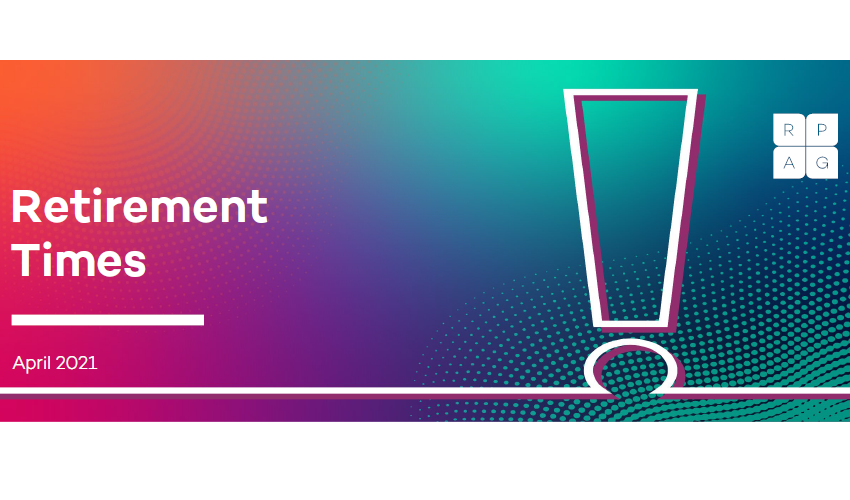The Scorecard – A Former Portfolio Manager’s Perspective

I began my investment career in 1995 as an Equity Analyst at AIM Investments and later managed the Invesco Large Cap Growth fund for 12 years. During that time I had exposure to and was judged by many investment scoring systems. I always had questions about their methodology and was often frustrated by their shortcomings.
“Why doesn’t this scoring take risk into consideration?”
“Why are there funds with over 50 percent mid cap exposure in my peer group?”
As I started to learn about the Scorecard™, I was highly impressed with the methodology that Chief Investment Officer, Jeff Elvander, created. I believe it truly paints a complete picture of a manager and solves for the deficiencies that may occur in other systems. The Scorecard does what it is intended to do, which is identify skillful managers. Think about what the 10-point score tells you about a manager.
- Style confirms that a manager is acting and investing according to their stated objective.
- Risk/return metrics reveal a level of skill and if shareholders are compensated for the amount of risk taken.
- Peer group rankings measure the manager on an absolute and risk-adjusted basis compared to peers.
- Additionally, the qualitative factors are informative regarding the manager’s tenure and fees.
I analyzed the various methodologies used to rank different types of investments including target date funds (TDFs). I discovered not only is the Scorecard Methodology for scoring TDFs vastly superior, but other systems are flawed at their cores.* For example, many other systems group TDFs by “vintage.” In other words, they compare all funds that happen to have the same target retirement date to one another with no regard to their asset allocation or risk level.
This means that funds with 50 percent equities exposure are compared to funds with 20 percent equities exposure. This is like comparing apples and oranges and is misguided and can lead to plan sponsors BUYING HIGH and SELLING LOW.

Data and values are not current and are for illustrative purposes only. Past performance is not indicative of future results.
In some systems, TDFs with aggressive glidepaths (a higher equity allocation) will score better in bull markets and TDFs with conservative glidepaths (lower equity allocations) will score better in bear markets. The Scorecard on the other hand, creates custom peer groups and benchmarks based on risk level to ensure we are comparing apples to apples in our TDF scoring. TDFs are the most important investment in the retirement landscape at this time since the majority of participant contributions are flowing there. It is disheartening that the rest of the industry is using a flawed scoring approach with this vital investment type.
Over the last couple of years I have found it instrumental in identifying skillful managers for the plan sponsors with which I work. Through qualitative research, I have routinely found investments that score well on the Scorecard with consistent performance, long-tenured, cohesive management teams and well-defined processes that are strictly adhered to and have disciplined risk controls in place. The use of median peer group ranks and information ratio in the Scorecard reward consistency. My goal is to find consistent performers with a repeatable process that derives alpha primarily through security selection. I have found that the Scorecard reliably leads me to these types of managers.
In my experience, the Scorecard has proven to be an indispensable tool. Besides the ability to discover skillful managers, the fact that the Scorecard System is cohesive with the investment policy statement provides an objective institutional process and iron-clad fiduciary protection. The Scorecard is also effective with plan sponsors regardless of their level of investment sophistication. The simple 10-point scoring system is easy for committee members to understand and the underlying institutional analytics engage even the most sophisticated committee members with investment or finance backgrounds.
My admiration for the Scorecard has only strengthened as I have used the tool in practice. I believe it is by far the most comprehensive, institutional-quality scoring system in the marketplace.
~ Geoff Keeling, CFA, Director of Investment Research, RPAG

About the Author Geoff Keeling, CFA, Director of Investment Research, RPAG
Based in Aliso Viejo, CA, Geoff is director of investment research. He utilizes his deep asset management experience to help provide best-in-class investment due diligence consulting to plan sponsor clients. Geoff plays an integral role on the Investment Committee, where all quantitative and qualitative aspects of the investment due diligence process are vetted and discussed when providing manager recommendations. He has over 15 years of investment experience. Geoff was previously a managing director and senior portfolio manager with Invesco in Houston. He was a lead manager on the Invesco Large Cap Growth Fund since its inception and managed over $3 billion in client assets. During his time at Invesco, Geoff was featured in Investor’s Business Daily and appeared on CNBC. He began his investment career in 1995 as an equity analyst for AIM Investments. He graduated from the University of Texas at Austin with a Bachelor of Business Administration in finance.
*The opinions expressed in this commentary are those of the author. This is for general information only and is not intended to provide specific investment advice or recommendations for any individual. It is suggested that you consult your financial professional, attorney or tax advisor with regard to your individual situation. Comments concerning the past performance are not intended to be forward looking and should not be viewed as an indication of future results.
ACR#211766 10/16



